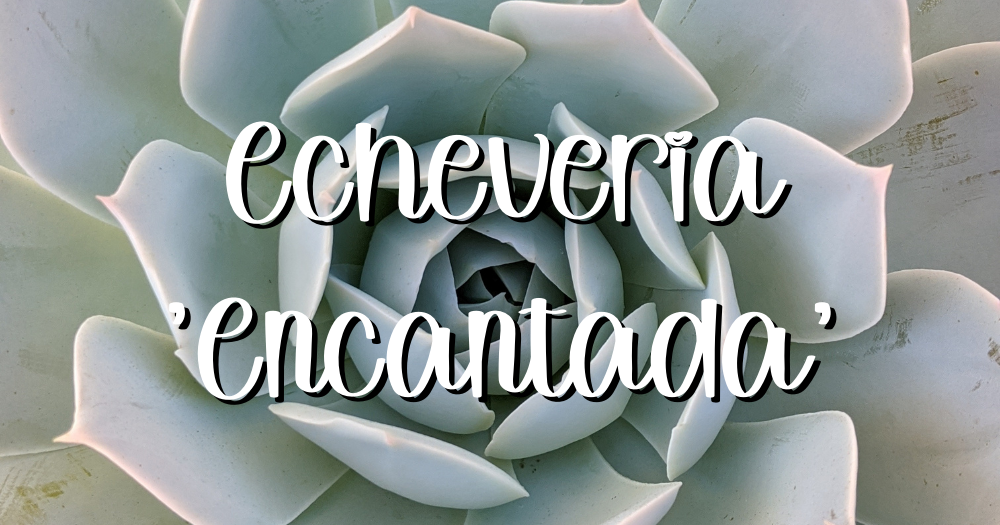Echeveria ‘Encantada’ is a colorful hybrid succulent with silvery-aqua foliage hybridized by Renee O’Connell. The tightly clustered leaves form distinct star-shaped rosettes up to 6 inches wide. In cooler weather, it can produce bell-shaped pink and peach flowers on arching stems. This eye-catching hybrid is a perfect addition to any succulent arrangement or centerpiece.
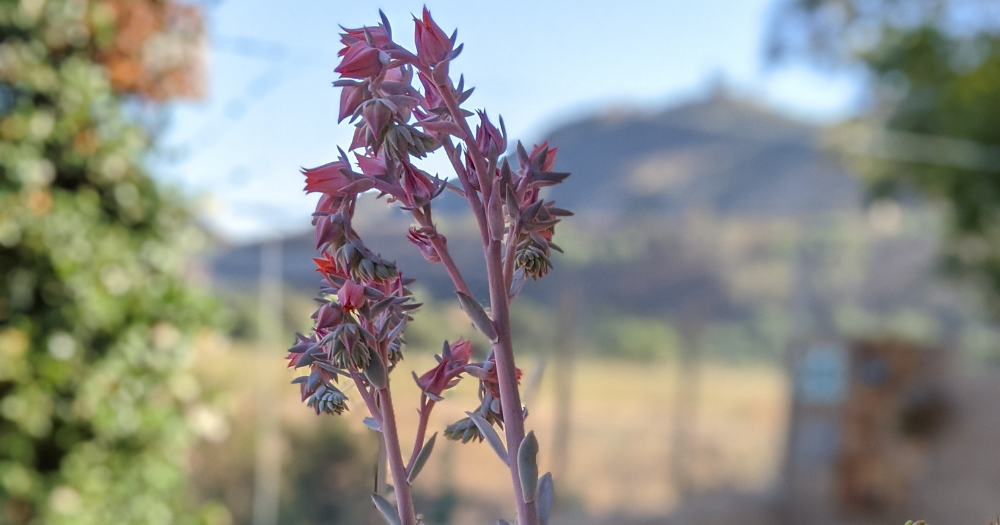
Dig in!
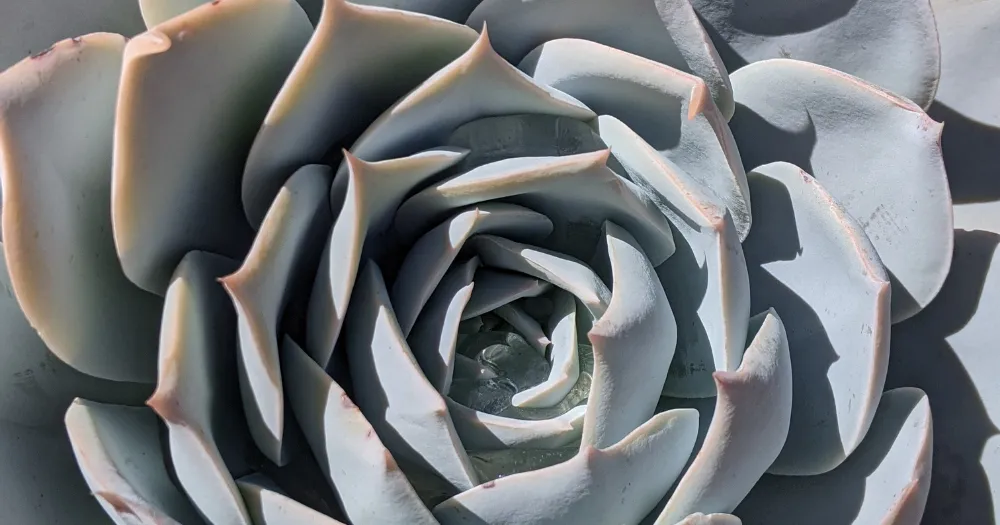
Native Habitat/Origin
Echeveria ‘Encantada’ is a Renee O’Connell hybrid of Echeveria cante and Echeveria harmsii. It is native to semi-desert areas of Central Mexico.
You might also like: Native Habitats of Succulents: Explore 3 Incredibly Diverse Environments
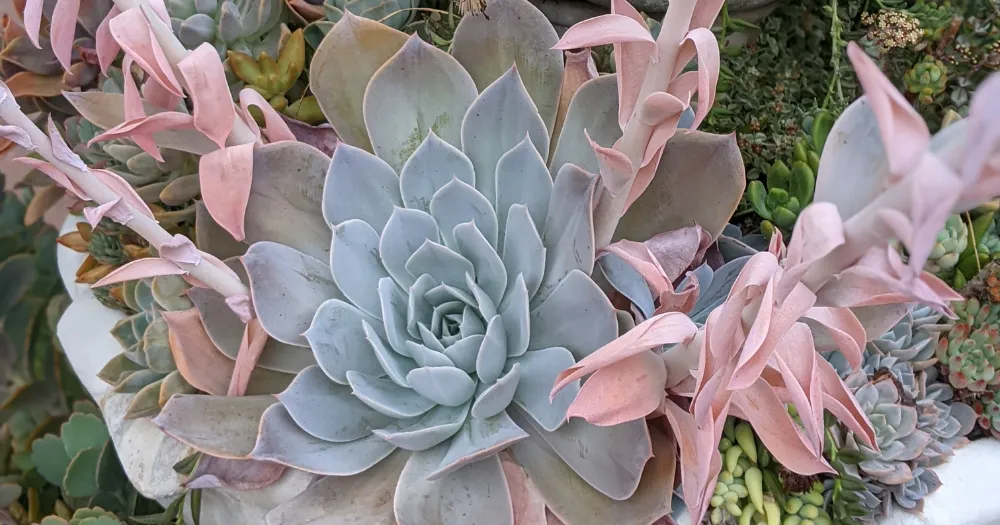
How to Water & Fertilize
Water Echeveria ‘Encantada’ when the soil is dry to the touch. Thoroughly drench the soil and let it drain and dry out again before watering again. Only fertilize during the growing season. Use a balanced fertilizer diluted to 1/2 the recommended strength.
You might also like: How & When to Water Succulents So They Don’t Die (2023 Update)
Here are the steps on how to water and fertilize Echeveria ‘Encantada’:
- Check the soil moisture. The soil should be dry to the touch before watering.
- Water thoroughly. Pour water over the soil until it runs out of the drainage holes.
- Allow the soil to drain completely. Do not leave the plant sitting in water.
- Fertilize during the growing season. Use a balanced fertilizer diluted to 1/2 the recommended strength.
You might also like: Succulent Fertilizer: The Ultimate Guide to Healthy Succulents + 8 DIY Fertilizer Recipes
Here are some tips for watering and fertilizing Echeveria ‘Encantada’:
- Use a pot with drainage holes.
- Use well-draining soil.
- Water Echeveria ‘Encantada’ deeply but infrequently.
- Fertilize during the growing season.
- Do not overfertilize.
- Avoid fertilizing Echeveria ‘Encantada’ in the winter.
- Watch for signs of overwatering or underwatering.
You might also like: Drainage Hole at the Bottom of The Pot: Do Succulents Need Them? The Answer Might Completely Shock You!
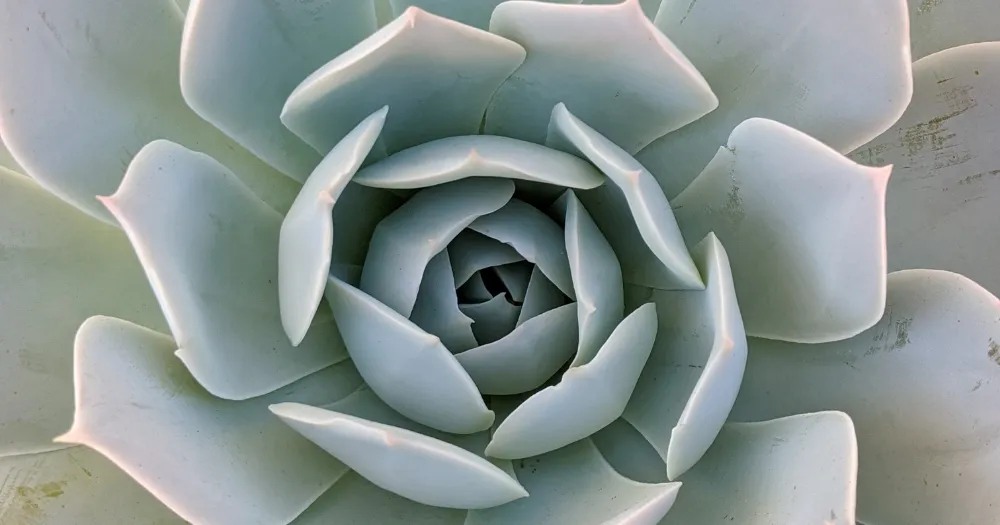
What are some signs that Echeveria ‘Encantada’ is not getting enough water?
Some signs that Echeveria ‘Encantada’ is not getting enough water include:
- Leaves becoming soft, wrinkled or shriveled. The leaves should be plump and firm.
- Leaves turning brown or becoming dry and brittle. Underwatering will cause the leaves to dry out.
- The rosette becoming loose or drooping. When dehydrated, the rosette may start to droop or the leaves will become limp.
- Soil pulling away from the sides of the pot. If the soil is very dry, it will shrink and pull away from the edges of the pot.
- Growth slowing down or stopping. Without proper hydration, Echeveria ‘Encantada’ will stop producing new leaves and offsets.
You might also like: Can Succulents Survive in the Rain? A Look at the Factors to Consider to Keep Your Babies From Natural Overwatering + 5 Ways to Improve Drainage
If you notice any of these signs, increase watering and check that the soil is draining properly. After watering, the soil should dry out slightly before watering again. Keeping the soil evenly moist will help prevent underwatering.
You might also like: Succulent Dormancy: 4 Easy Ways to Tell if Your Succulent is Going Dormant
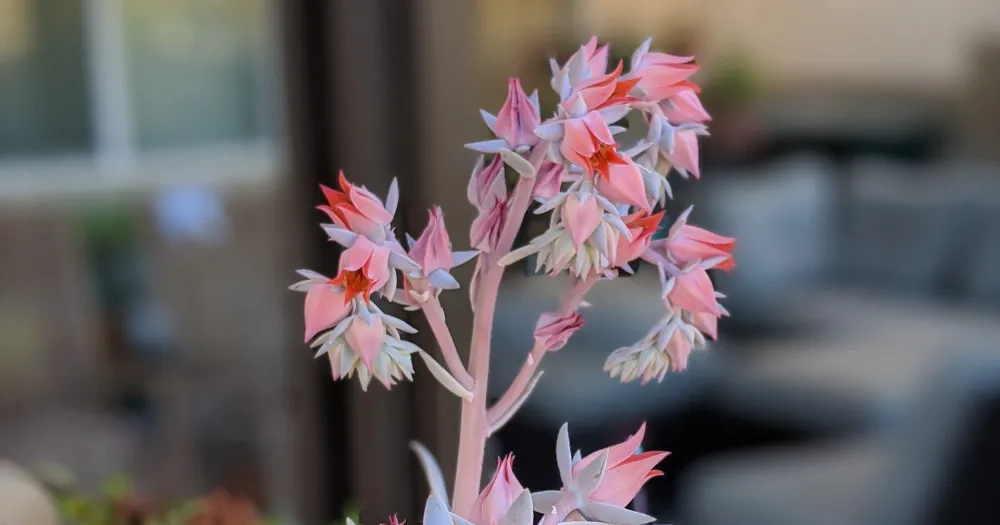
How to Propagate Echeveria ‘Encantada’
To propagate Echeveria ‘Encantada’ through pups, you can follow these steps:
- Wait for the plant to produce pups. pups are new plants that grow from the base of the main plant.
- Gently twist a pup from the main plant. The pup should have a root system attached. If it comes off cleanly with roots, it is ready to propagate. If it’s resistant, leave it alone for another week or two until it’s more developed.
- Allow the pup to dry out. After removing the pup, let the wound dry out for a few days to reduce risk of infection.
- Plant the pup in well-draining soil. Once the wound is dry, plant the pup in a pot with cactus potting mix or a mix of regular potting soil, perlite, and sand.
- Water the soil sparingly and place it in bright light. Keep the soil slightly moist as the new plant establishes. Once it starts to grow new leaves, water when the soil is dry. Place it in bright indirect sunlight or filtered sun.
- In a few months, the pup will develop into a new Echeveria ‘Encantada’. Once it grows larger, it can be repotted or propagated again for more succulents.
You might also like: Propagating Succulents 4 Ways: The Best Guide Ever
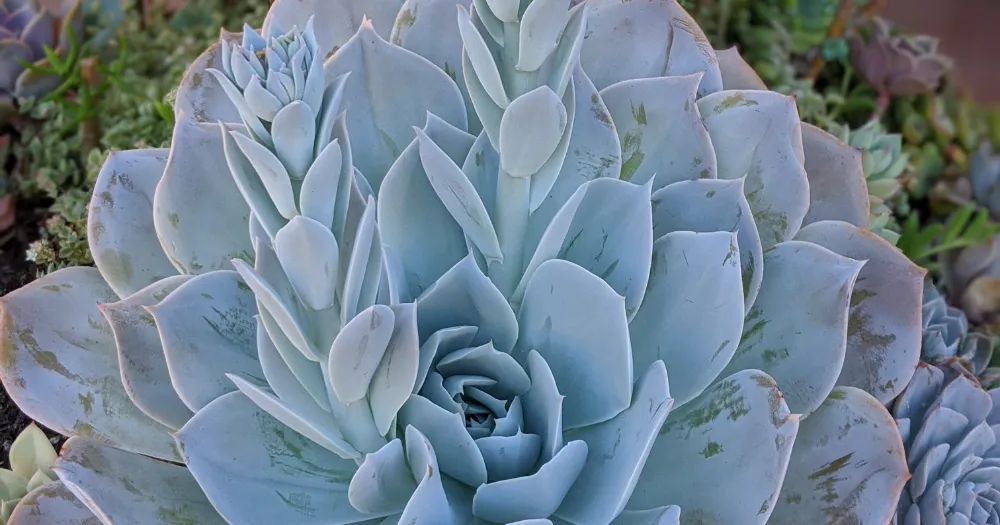
You might also like: Succulent Propagation Timeline
Here are some additional tips for propagating Echeveria ‘Encantada’ through pups:
- Use a sharp knife to cut the pup from the mother plant.
- Make sure the pup has a good root system attached.
- Allow the wound to dry out for a few days before planting.
- Use a well-draining potting mix.
- Water the succulent sparingly at first.
- Place the succulent in a bright, indirect spot.
- Once the new ‘Encantada’ is established, you can water it more regularly.
You might also like: 9 Reasons to Avoid Misting Succulents: The Surprising Consequences of Misting
How Much Light Does Echeveria ‘Encantada’ Need?
Echeveria ‘Encantada’ needs bright light to maintain its colorful foliage. Place it near a sunny window that gets lots of direct sunlight. If the leaves start to fade or lose their aqua tint, it likely needs more light.
You might also like: How Much Light Do Succulents Need? A Comprehensive Guide in 12 Parts
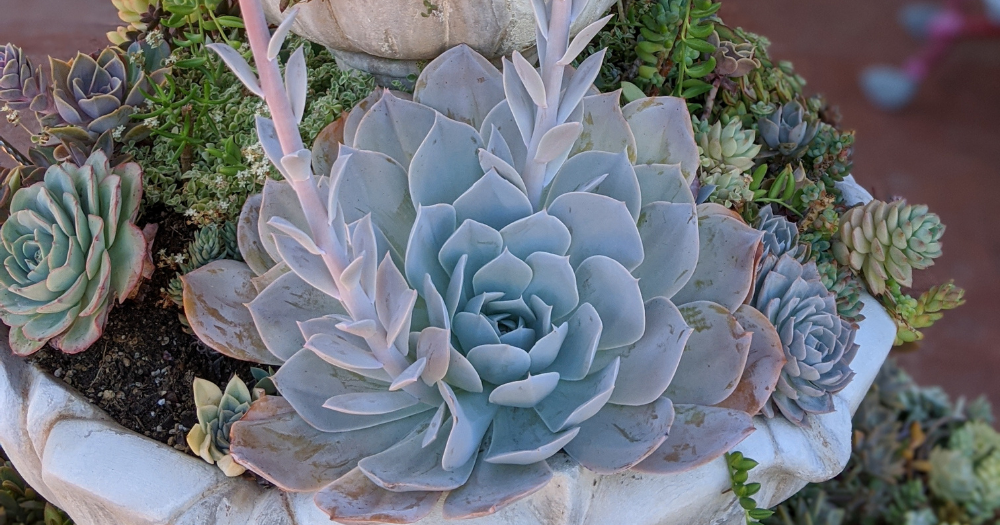
Can I grow Echeveria ‘Encantada’ outdoors in a hot climate?
Echeveria ‘Encantada’ can be grown outdoors in hot, dry climates if the appropriate conditions are met. It needs very bright light and well-draining soil to thrive outdoors. Some tips for growing it outdoors in a hot climate:
- Planting Echeveria ‘Encantada’ in a spot with full sun exposure for at least 6 hours a day is best. Partial shade may cause it to lose its vibrant coloring.
- The soil must drain very fast and not retain moisture. Mix in plenty of coarse sand, perlite, or pumice into regular succulent potting mix.
- Provide Echeveria ‘Encantada’ some protection from intense afternoon sun and heat, especially when first moving it outdoors. Gradually acclimate it to outdoor conditions to avoid stress.
- Water when the soil is dry to avoid root rot. The more light and heat it gets, the more water it will need.
- Watch for common pests like spider mites and mealybugs and treat them promptly if necessary.
- Bring it indoors if there is risk of frost. Echeveria ‘Encantada’ cannot tolerate freezing temperatures.
You might also like: Repotting Succulents: The Best Time to Repot Your Plants and 3 Ways to Tell When It’s Time
With the right conditions, Echeveria ‘Encantada’ can thrive and grow beautifully in a hot, dry climate outdoors. But close monitoring is important, especially when first moving it outside. With some shade and protection from intense heat/sun at first, and well-draining soil, it can do well in a variety of hot outdoor conditions.
You might also like: 3 Reasons Why Planting Succulents in Terrariums is Terrible
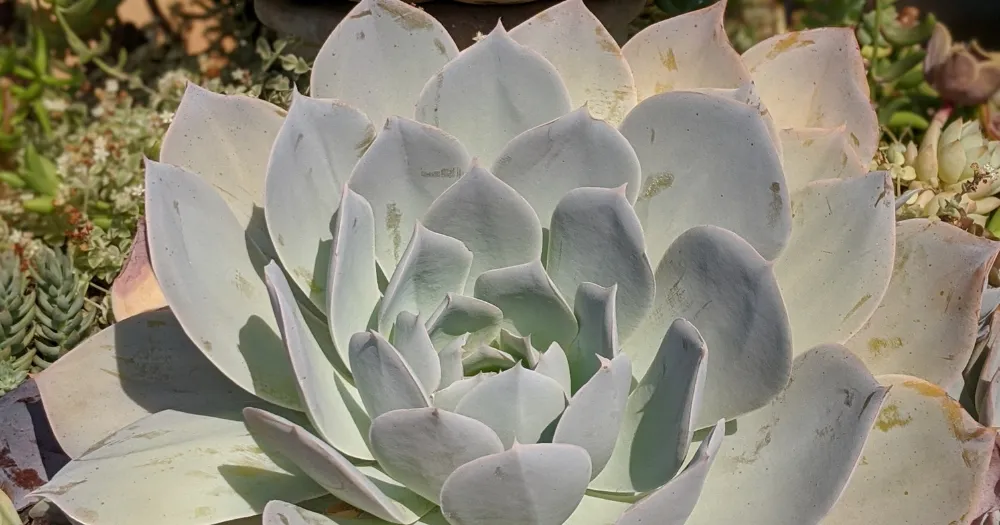
Hardiness Zone & Temperature
Echeveria ‘Encantada’ is hardy in USDA zones 9-11. It prefers temperatures of 65-80°F. Protect it from frost by bringing it indoors if temperatures drop below 40°F.
You might also like: The 7 Hardiness Zones Where Succulents Easily Thrive
Common Pests, Problems & Solutions
Mealybugs and spider mites are common pests that affect Echeveria ‘Encantada’. Use insecticidal soap or neem oil to get rid of infestations. Root rot can occur if the soil is kept too damp. Allow the soil to dry out and reduce watering to prevent rot.
You might also like: 12 Succulent Pests and Diseases: Identification, Treatment, and Easy Prevention of Mealybugs, Thrips and More
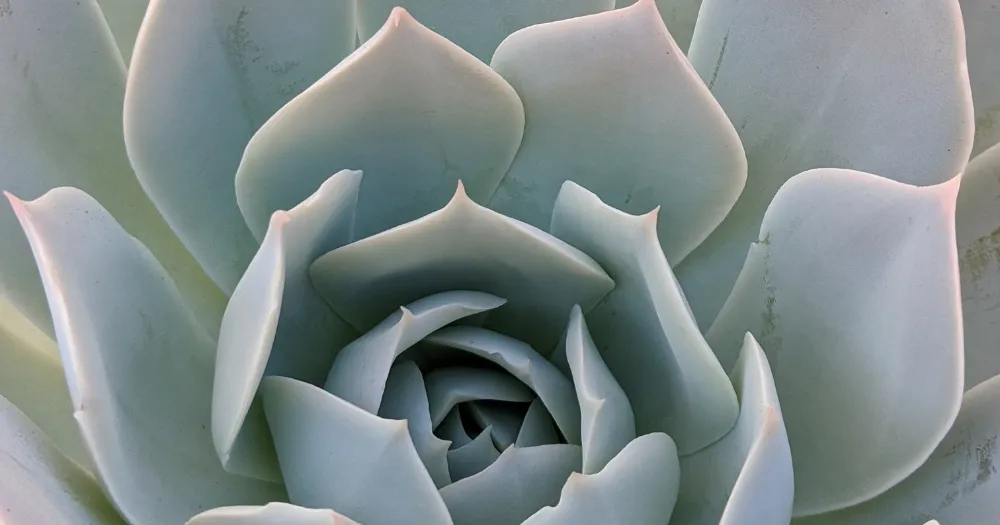
Is it poisonous or toxic?
Echeveria ‘Encantada’ is non-toxic to humans and pets. Its sap may irritate skin, so wear gloves when handling the plant.
You might also like: Are Succulents Poisonous to Dogs?
Additional Facts
Echeveria ‘Encantada’ is a hybrid succulent and produces offsets that can be propagated.
Its distinctive coloring makes it a very popular variety for succulent arrangements and centerpieces.
Like other Echeverias, it goes dormant in winter and needs less water and fertilizer during this period.

Where to Buy Succulents Online

